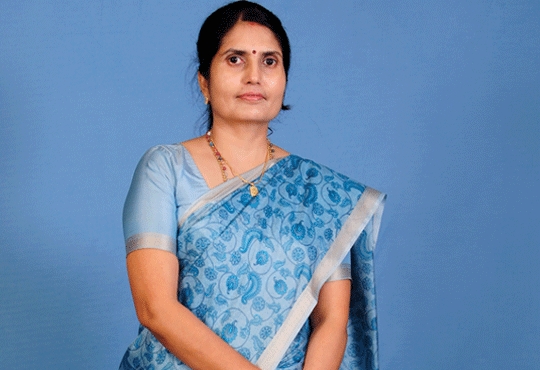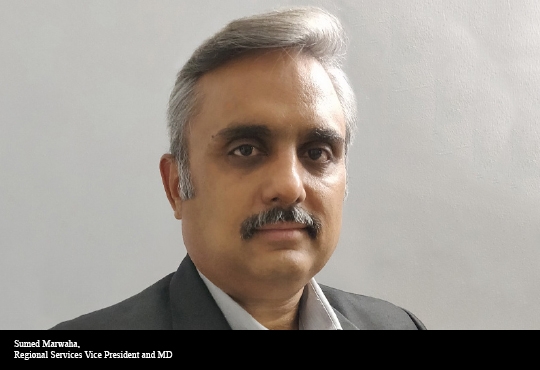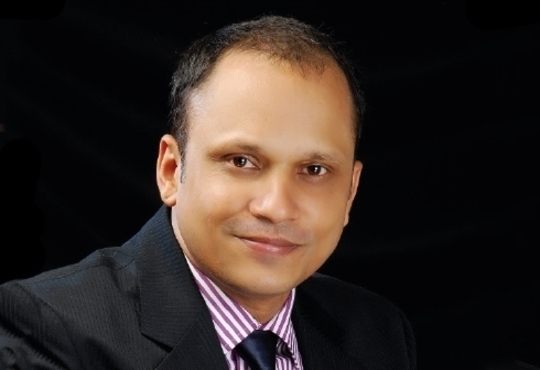
Grow Digital Strategies to Embrace IoT
Krishnaswamy Srinivasan, CIO, Hexaware Technologies | Monday, 07 November 2016, 09:20 IST
 The “Internet of things” (IoT) is becoming an increasingly growing topic of conversation both in the workplace and outside of it. It’s a concept that not only has the potential to impact how we live but also how we work. The reality is that the IoT allows for endless virtual opportunities and connections to take place, many of which we cannot fully understand the impact of or comprehend today. It’s not hard to see how and why the IoT is such a hot topic today; it certainly opens the door to a lot of opportunities but also to many challenges.
The “Internet of things” (IoT) is becoming an increasingly growing topic of conversation both in the workplace and outside of it. It’s a concept that not only has the potential to impact how we live but also how we work. The reality is that the IoT allows for endless virtual opportunities and connections to take place, many of which we cannot fully understand the impact of or comprehend today. It’s not hard to see how and why the IoT is such a hot topic today; it certainly opens the door to a lot of opportunities but also to many challenges.
Security is an issue that is often brought up. With billions of devices being connected together, what can people do to make sure that their information stays secure? Will someone be able to hack into your toaster and thereby get access to your entire network? The IoT also opens up companies all over the world to more security threats.
There is also the issue of privacy and data sharing. So one can only imagine how the conversation and concerns will escalate when we are talking about many billions of devices being connected. Another challenge that many companies will face is the massive amount of data produced by all these devices. Companies need to figure out a way to store, track, analyze and make sense of the vast amounts of data that will be generated. Also challenge regarding availability of infrastructure to support a more effective IoT remains a concern.
Role of Convergence in Expanding IoT
IoT has evolved and enhanced from the convergence of wireless technologies, micro-electromechanical systems (MEMS), micros services and the Internet. The convergence has helped tear down the silo walls between operational Technology (OT) and information technology (IT), allowing unstructured machine-generated data to be analyzed for insights that will drive improvements.
Broadband Internet is becoming widely available, the cost of connecting is decreasing, more devices are being created with Wi-Fi capabilities and sensors built into them, technology costs are going down, and smartphone penetration is sky-rocketing and all of these things are creating a “perfect storm” for the IoT. Scanners, Sensors, Tracking devices, data capturing, Open Standard APIs, IoT Security, faster transmission and data analytics technologies are going to be enablers for IoT.
Coping with the Security Issues
Define own information security policy, processes, controls to ensure the acceptable and adequate protection of the IoT evolution. As the trend matures, best practices will certainly emerge from industry professionals.
Capabilities for managing lost or stolen devices, either remote wiping or at least disabling their connectivity, will be critical for dealing with compromised IoT devices. Enterprise strategy must be put in place to mitigate the risks of corporate data ending up in the wrong hands. Policies to manage BYOD could also be beneficial. One also needs to strengthen physical security to prevent unauthorized access to devices outside of the security perimeter. Moreover, the identification of legitimate and malicious traffic patterns on IoT devices is also necessary. For example, if an employee tries to download a seemingly legitimate app onto his or her smartphone that contains malware, it is critical to have actionable threat intelligence measures in place to identify the threat. The best analytical tools and algorithms will not only detect malicious activity, but also improve customer support efforts and improve the services being offered to the customers. To prepare for these challenges, enterprises must build the right set of tools and processes required to provide adequate security analytics capabilities.
The promises of IoT go far beyond those for individual users. Enterprise mobility management is a rapidly evolving example of the impact of IoT devices. Imagine if suddenly every package delivered came with a built-in RFID chip that could connect to your network and identify itself to a connected logistics system. Or picture a medical environment in which every instrument in the exam room connected to the network to transmit patient data collected via sensors. Even in industries like farming, imagine if every animal were digitally tracked to monitor its location, health and behavior. The IoT possibilities are limitless, and so are the number of devices, standards, processes and procedures that could manifest and evolve.
Practical applications of IoT technology can be found in many industries including Precision, Agriculture, Building management, Healthcare, Supply-chain, Retail, Energy& Utilities and transportation and logistics. At Hexaware we see the opportunity of IoT as key enabler as it is aligned with the Shrink IT; Grow Digital strategy of supporting our customers in their respective domain.
CIO Viewpoint
Leverage Google Cloud For Productivity-focused...
By Shijo Joseph, CIO, East-West Seed
The Next Billion Internet Users: What CIOS Need...
By Ashwin Rangan, SVP Engineering & CIO, ICANN
Leveraging ERP to Integrate Business Processes
By Beena Nayar, Head-IT, Forbes Marshall
CXO Insights
Cloud Computing: Newer Models To Mitigate Risks
By Sumed Marwaha, Regional Services Vice President and MD, Unisys India
How Right Tools Create Easy Consumer...
By Ganesh Lakshminarayanan, COO, Capillary Technologies
Cloud Data Services Sparking Change In The...


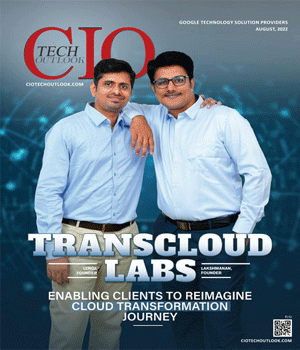
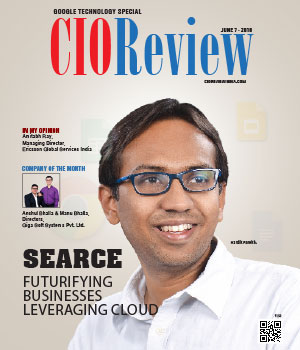
.jpg)

